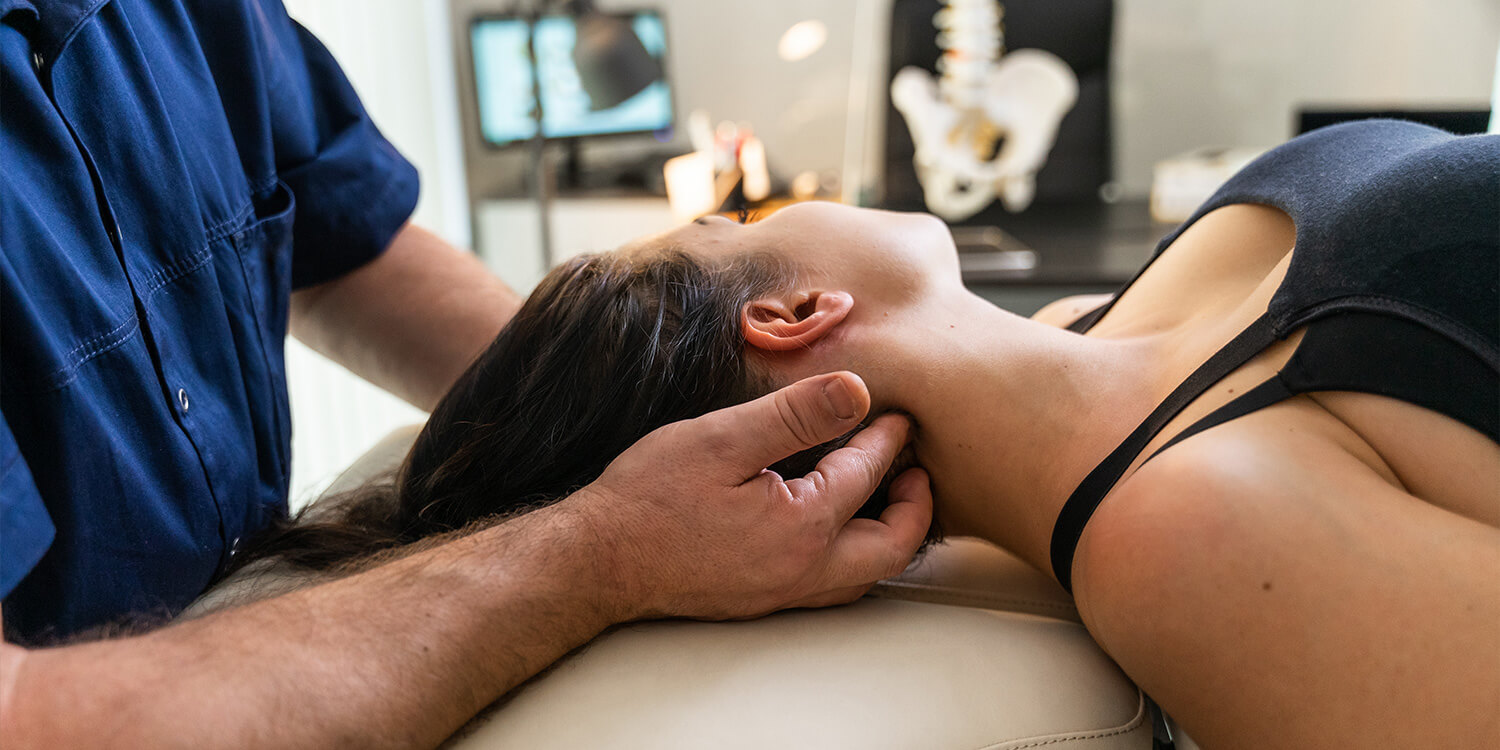
Over five million Australians live with migraines, affecting one in 10 men and one in three women. Working-age women are the most significantly affected, with up to 45% of women aged between 25 and 45 experiencing migraine attacks.
Chronic headaches and migraines are complex conditions triggered by a variety of factors including diet, hormones, sleep, nutritional deficiencies, neck pain, jaw pain, mental health and exercise. A migraine attack can last for days, weeks or even months.
There are several common types of headaches and migraines, from tension-type headaches to chronic daily headaches as well as migraines with or without aura (sensory disturbances), an osteopath is well-versed in addressing and managing these issues no matter the specific type that plagues you.
Chronic versus acute headaches or migraine
- Acute headaches and/or migraine attacks occur due to specific, often identifiable things that do not occur frequently;
- Chronic headaches and migraine attacks occur more frequently and may have no identifiable triggers or, alternatively, have lots of triggers that can set off attacks;
- Acute headaches and migraines often settle down easily and require less treatment. Meanwhile, chronic headaches and migraine often require a longer treatment plan and more in-depth treatment due to the sensitised system requiring more time to adjust and settle.
Potential triggers for migraine
Think about the factors that may trigger your migraine and discuss these with your osteo. Some common triggers of migraine may be:
- Diet for example, cheese, chocolate, citrus fruits and alcohol (especially red wine);
- Either too little or too much sleep;
- Hormones such as oestrogen. For example, changes in hormone levels during the menstrual cycle;
- Physiochemical causes such as too much heat, light, noise or certain chemicals;
- Emotional causes, such as stress, excitement or fatigue;
- Relaxation (weekend migraine). This is often triggered by a period of stress and overwork followed by relaxation.
How can an osteopath help with headaches and migraines?
An osteopath will seek to understand the frequency, intensity and duration of your headaches or migraines. They’ll inquire about the specific location of the pain and how long you’ve been grappling with these debilitating episodes.
Areas of the body osteopaths treat to ease this pain can include:
- The neck
- The jaw
- The shoulders
- The upper back/thoracic spine
- The ribs
Patient results vary, depending on how long you have been experiencing symptoms. Some people may progress quicker or slower than average. Generally, you should expect to see changes and improvements over the course of a three-month period for a chronic condition, following regular weekly treatments. During this time, you should expect that your symptoms will gradually improve in terms of intensity, frequency, duration and response to medication.
Ask an osteopath today how they can help manage your headaches and migraines. Use our Find an osteo tool to locate your nearest osteopath.
